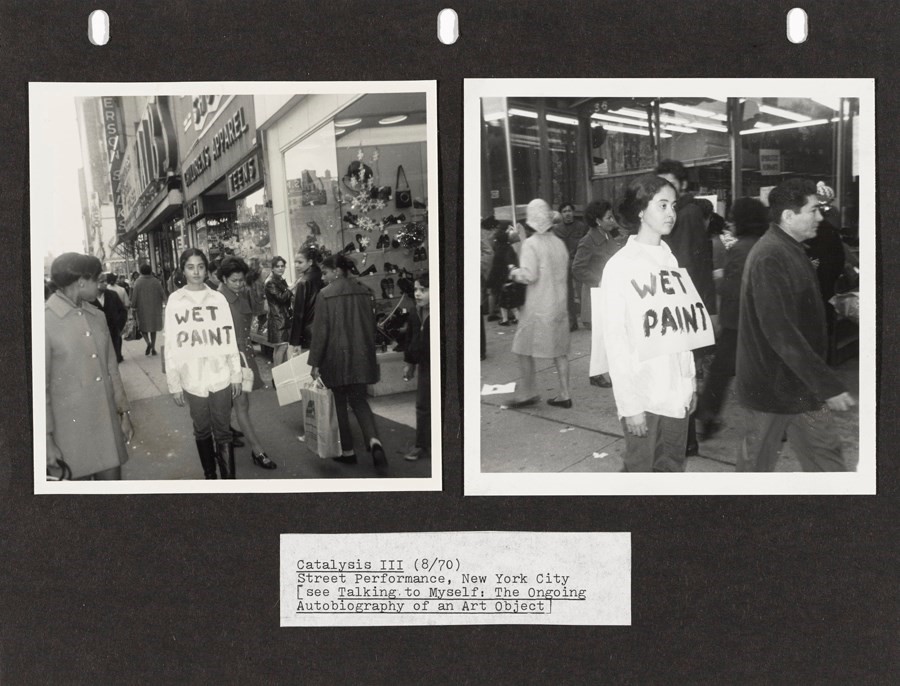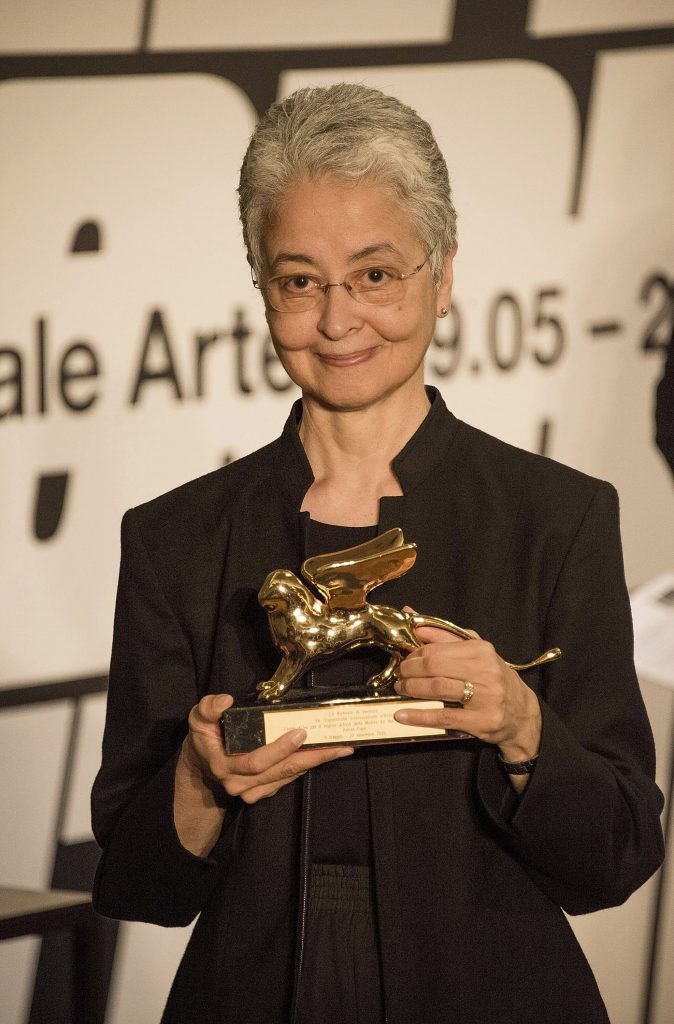Manjeera
Knowledge can be gained at any age. After having a detailed study on topics there are things unknown to us. So, we at Abirpothi present before you the lesser-known facts about artists around the world.
Adrian Piper
One reason for making and exhibiting a work is to induce a reaction or change in the viewer…. In this sense, the work as such is nonexistent except when it functions as a medium of change between the artist and viewer.
-Adrian Piper
Adrian Piper is an American conceptual artist, philosopher, and writer from New York City. Piper’s work explores issues of race, gender, and identity, often challenging conventional social and political assumptions. She is best known for her public performances on the streets of New York and has since worked with various mediums like installation, photography, and video. Piper is also known for her writings on aesthetics, philosophy, and race, including her influential essay “Ideology, Confrontation, and Political Self-Awareness” (1970). She has actively influenced the field of performance art and post-modern art with her artwork as well as theoretical musings.
11 lesser-known facts about Adrian Piper
- Adrian Piper was quite spontaneous and after hearing conceptual artist Sol LeWitt declare, “the idea becomes the machine to make art”, she was so inspired that she applied to become his assistant in 1967.
- Piper has a complicated ancestry. Her genealogy report reveals that she is 1/32 Malagasy (Madagascar), 1/32 African of unknown origin, 1/16 Igbo (Nigeria), and 1/8 East Indian, in addition to having predominantly British and German family ancestry.
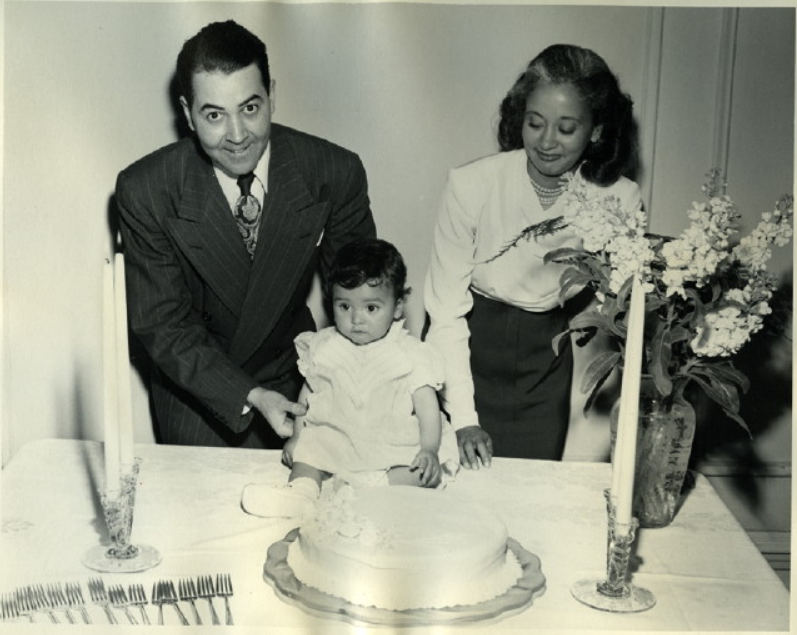
Piper as a baby with her racially diverse parents
Courtesy: Adrian Piper Research Archive Foundation - Piper was extremely talented as a child. She started writing and illustrating own stories at the age of 5 in 1953.
- In her work 1970 performance piece Catalysis III, Piper covered her clothes with white paint and put a sign on her shirt that read “WET PAINT”. In this getup, Piper walked the streets and went to shop at Macy’s.
- Piper left American for good in 2005 and took up residence in Berlin. In 2006, she made a vow to never set foot in America.
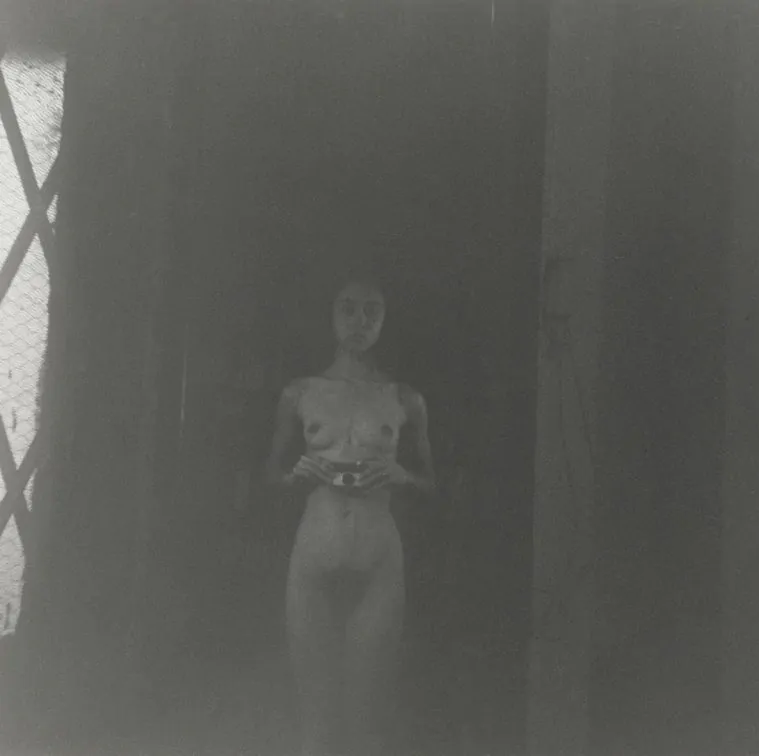
a part of the Food for the Spirit series
Courtesy: RISD Museum - When she was just 16 years old, Piper started her tryst with philosophy. She started reading seminal philosophers like Freud, Edmund Wilson, Melville, Sartre, Camus and Balzac among others.
- Piper actually did a bachelors in Philosophy with a minor in Medieval and Renaissance Musicology from the City College of New York.
- There was a time Piper got overwhelmed by Kant’s transcendental philosophy and took various self-portraits in form of photographs as a “reality check … every time the fear of losing [herself] took over”. This series was called “Food for the Spirit”.
- In her early 20s, she had worked she worked as an artist’s model for Russian-born American painter and printmaker Raphael Soyer.
- In her recurring series, Everything Will Be Taken Away 2, displayed at 2015 Biennale di Venezia, Piper altered a series of photographs that effaced faces, figures and locations. Each photograph has the phrase “Everything Will Be Taken Away” printed on it.
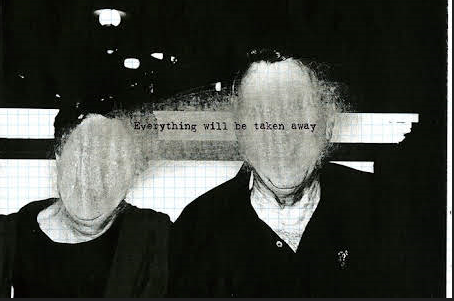
one of the photographs from Everything Will Be Taken Away 2
Courtesy: Adrian Piper Research Archive Foundation - She had filed a lawsuit against Wellesley College accusing the institution of “fraud, breach of contract, unjust enrichment, loss of reputation, and racial, gender, and disability discrimination”.



